Pure joy, climbing Gros Piton in Soufriere, St Lucia
type "St Lucia" into a Google image search and I guarantee you'll be inundated with pictures of The Pitons. Probably St Lucia's most seminal landmark, these two volcanic peaks are so iconic that even St Lucia's local "Piton" beer is named after them.
GROSS AND PETIT PITON
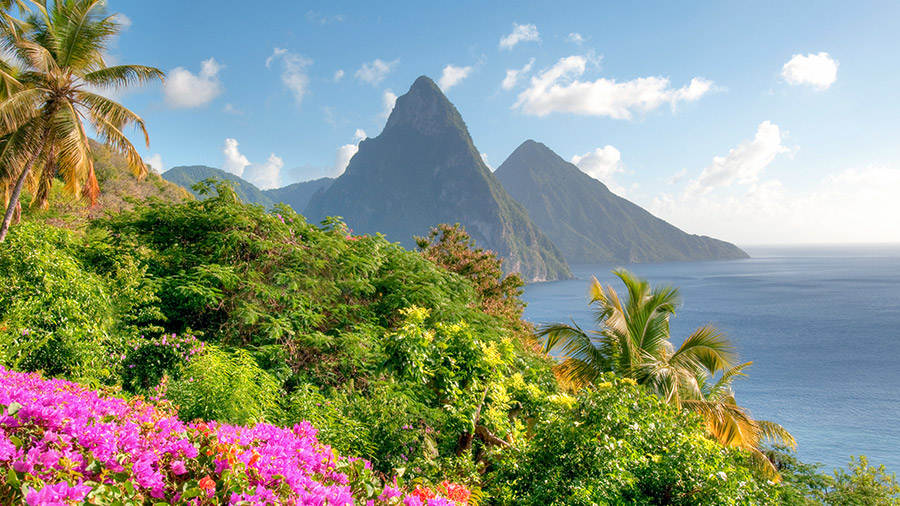
A World Heritage site since 2004 Gros Piton and Petit Piton rise above St Lucia's southwest coast. While Petit Piton (743m) is smaller, Gros Piton (771m) is easier to climb.
Steeper and more technical, Petit Piton is reserved for serious climbers with technical gear, while scaling Gros Piton is safer and more straightforward. A marked path leads to the top and, although steep and tricky in parts, the climb is suitable for anyone who is fit and sure-footed.
WHERE TO STAY
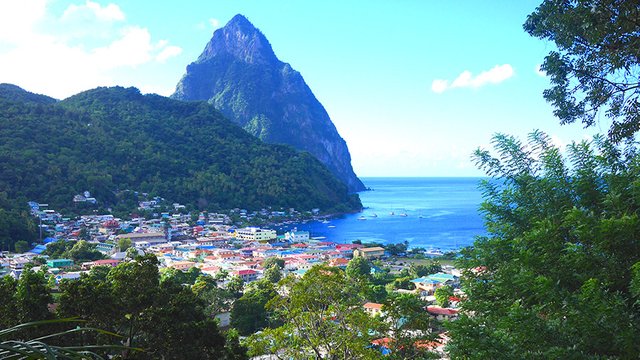
Just a few miles away, Soufrière is the main gateway to The Pitons. A vibrant town with colourful buildings, colonial architecture and lots of local life, it makes a great base for launching your ascent.
If you'd prefer to stay out of town, the luxury lodgings at Anse Chastanet beach are hard to beat, or the exclusive accommodation near the Pitons give the easiest access and best views. Alternatively, you could travel to The Pitons from anywhere on the island – although this could mean a very early start if you're planning an early morning climb.
ARRANGING A GUIDE
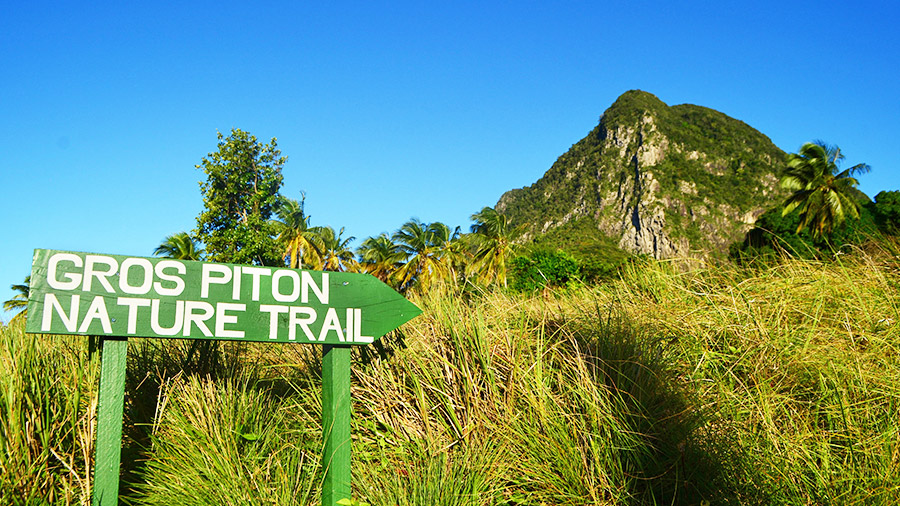
Your hotel should be able to organise your Gros Piton climb for you. This usually involves booking a guide and arranging your transport to the trailhead.
Alternatively, you could make your own way to the visitor centre, where guides are available on a first-come-first-served basis. When I climbed Gros Piton, my guesthouse owner called ahead the night before to secure my guide.
MAKE AN EARLY START
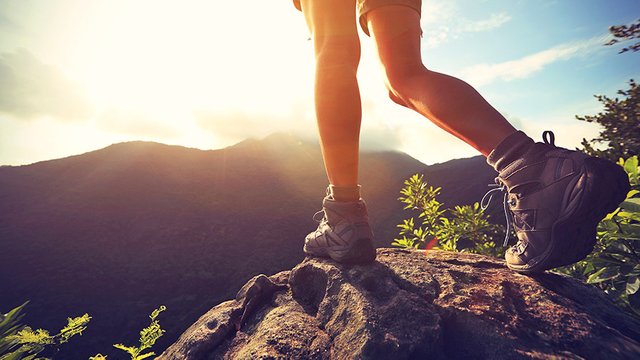
Arriving at the trailhead before 7am, I was the first hiker of the day. This meant that I'd have the mountain to myself and would be climbing in cooler conditions – which, in St Lucia, is still very warm.
After paying an entrance fee of 88EC$ (about £25), I met Julie, my guide, and set off. In terms of equipment, I took only the essentials: a big bottle of water, some sweets and a camera. You also need decent footwear (trainers or walking sandals) and lots of sun-cream. Trekking poles or supportive boots would be a good idea if you have weak ankles.
VIEWS ALL THE WAY
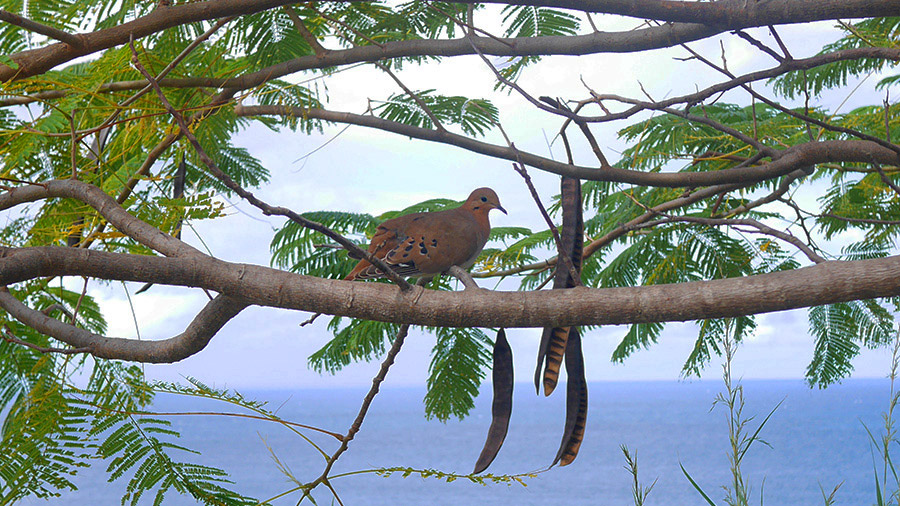
The first part is easy going and, as I followed Julie, I soaked-up the scenery and listened to the beautiful birdsong raining down from the trees. At first, we trekked past spiky cacti and tall cedar trees before the foliage turned more tropical.
After 20-minutes of climbing, we arrived at the first official viewpoint. Resting on a wooden bench, I glugged at my water and gazed at the vista. Sweeping her arm over the scene, Julie gestured at the dazzling blue sea and pointed to the colourful settlements tucked into the swath of green below us. With the sound of reggae music echoing up from a village below, it felt like a distinctly Caribbean moment.
NATURAL BOUNTY
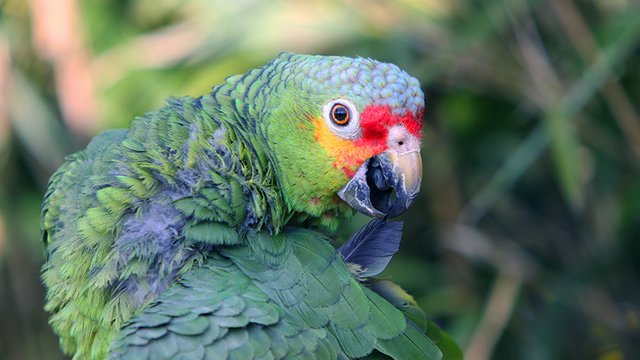
Draped in tropical forest, around 148 plant species have been recorded on Gros Piton. More diverse that neighbouring Petit Piton, indigenous rodents, bats, reptiles and amphibians call this mountain home, along with 37 bird species that include the rare St Lucian parrot.
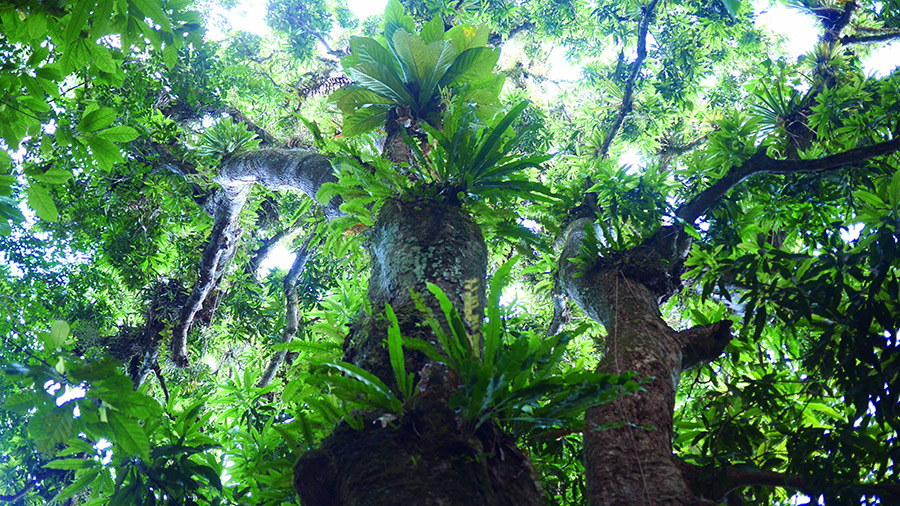
The vegetation and pathway are maintained by locals, who I could hear chopping, slicing and sawing at the undergrowth as I climbed. From rocky steps that follow the mountain's contours, to handrails built from felled branches, they've achieved a superb balance between a natural wilderness and a safe route for visitors.
Our third stop paid homage to this natural bounty: the hand-built bench I rested on was shaded by an ancient mango tree that has stood here for more than 200 years.
INCREDIBLE SUMMIT VIEW
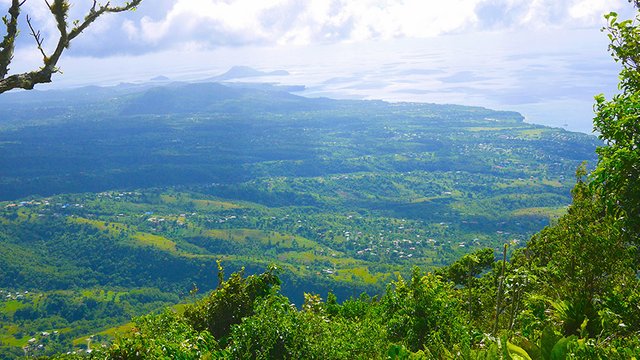
After an extended rest beneath the mango tree, I heaved myself up a series of stone steps. Steep and narrow, if the trail had been busier I'd have had to stop to let others pass.
Scrambling with my hands and feet, the final push to the top was tough. At the summit, I was grateful for the light breeze that cooled my beetroot-red cheeks and dried the river of sweat that was running down my back.
After almost two hours of climbing I was standing 2,619ft above sea level, peering down on one of the Caribbean's most beautiful islands. I felt like a bird, soaring above the southern plains and the salty southwest coast. In the far distance, more than 20 miles away, was the island of St Vincent.
THE ROUTE DOWN
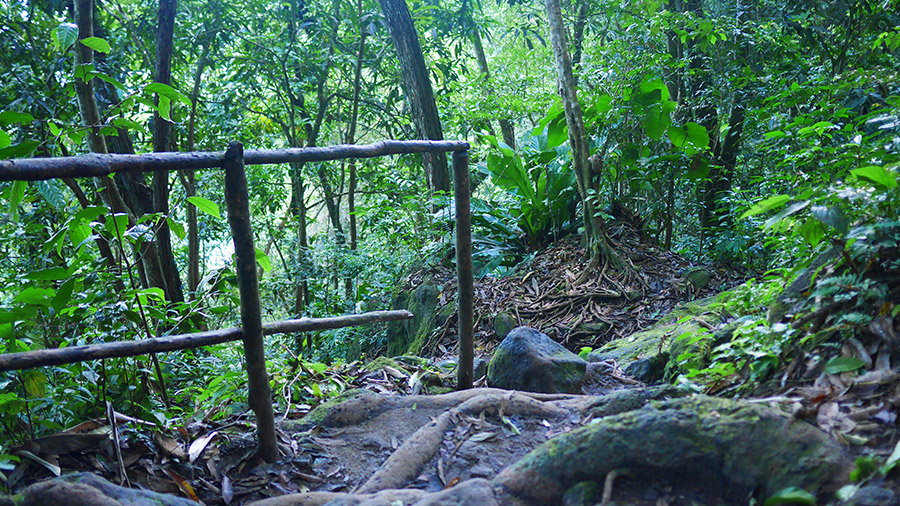
Returning along the same route, as we descended we passed three groups of tourists working their way up.
Tired from the ascent, my legs juddered as I picked my way down the steepest sections and, with my concentration waning, I kept a firm grip on the handrails.
It's worth noting that rainfall can make the trail slippery, so be particularly careful if you climb during or after a shower. Luckily for me, it has been a dry night and morning.
TIRED BUT TRIUMPHANT
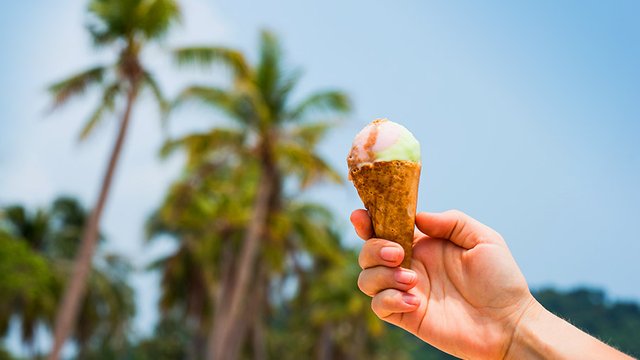
Back at the bottom I rewarded myself with an ice-cream from the refreshment shack. I'd conquered Gros Piton in less than three hours which, according to Julie, was good going.
Depending on how fast you walk, it can sometimes take up to six hours to complete the round-trip, so it's important to be prepared for this. For this reason, the park authorities prefer visitors to set off before 1pm.
Hi! I am a robot. I just upvoted you! I found similar content that readers might be interested in:
http://holidayplace.co.uk/blogs/posts/118463/pure-joy-climbing-gros-piton-in-soufriere-st-lucia
thanks for the upvote..